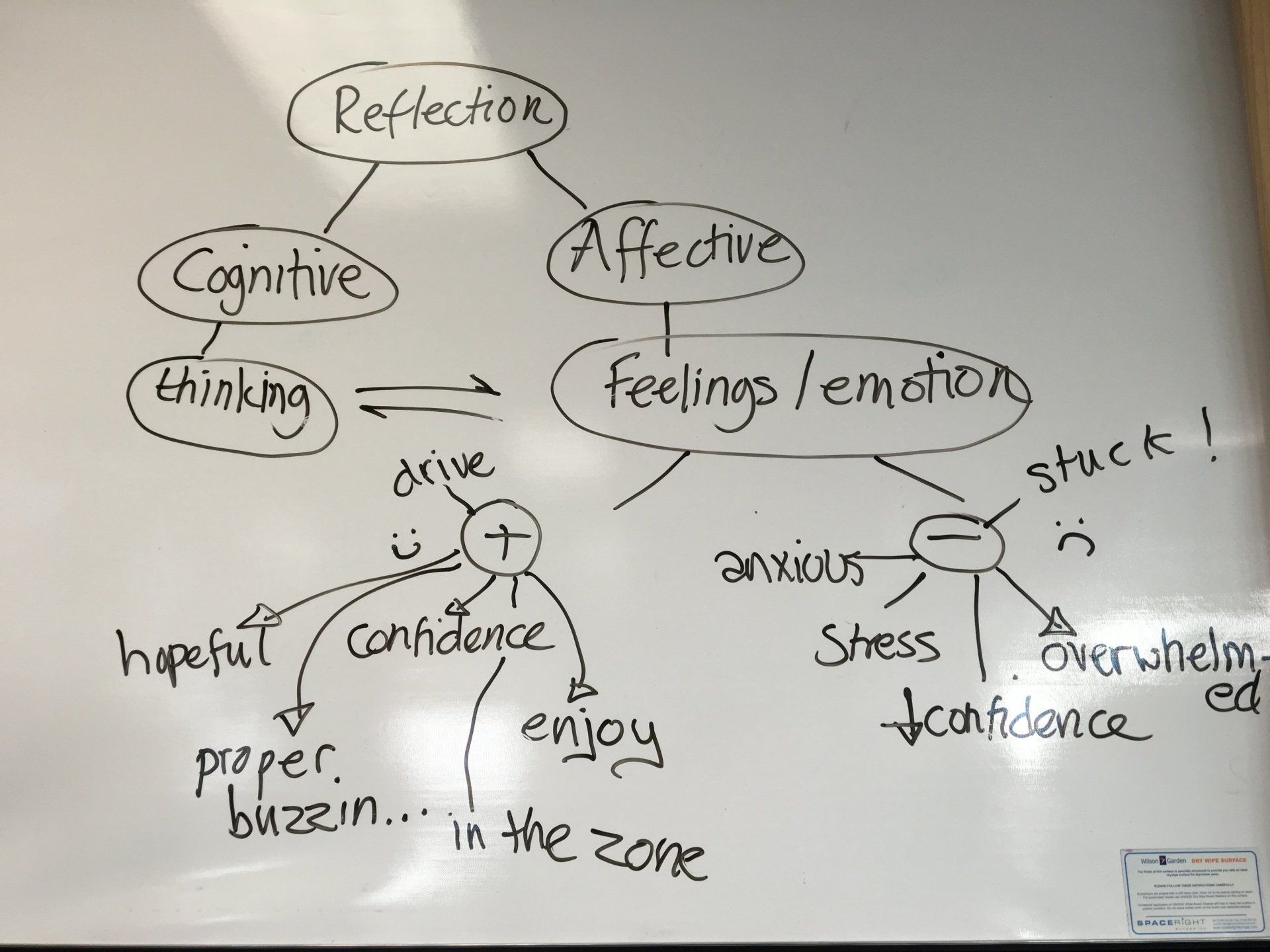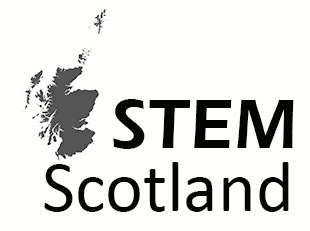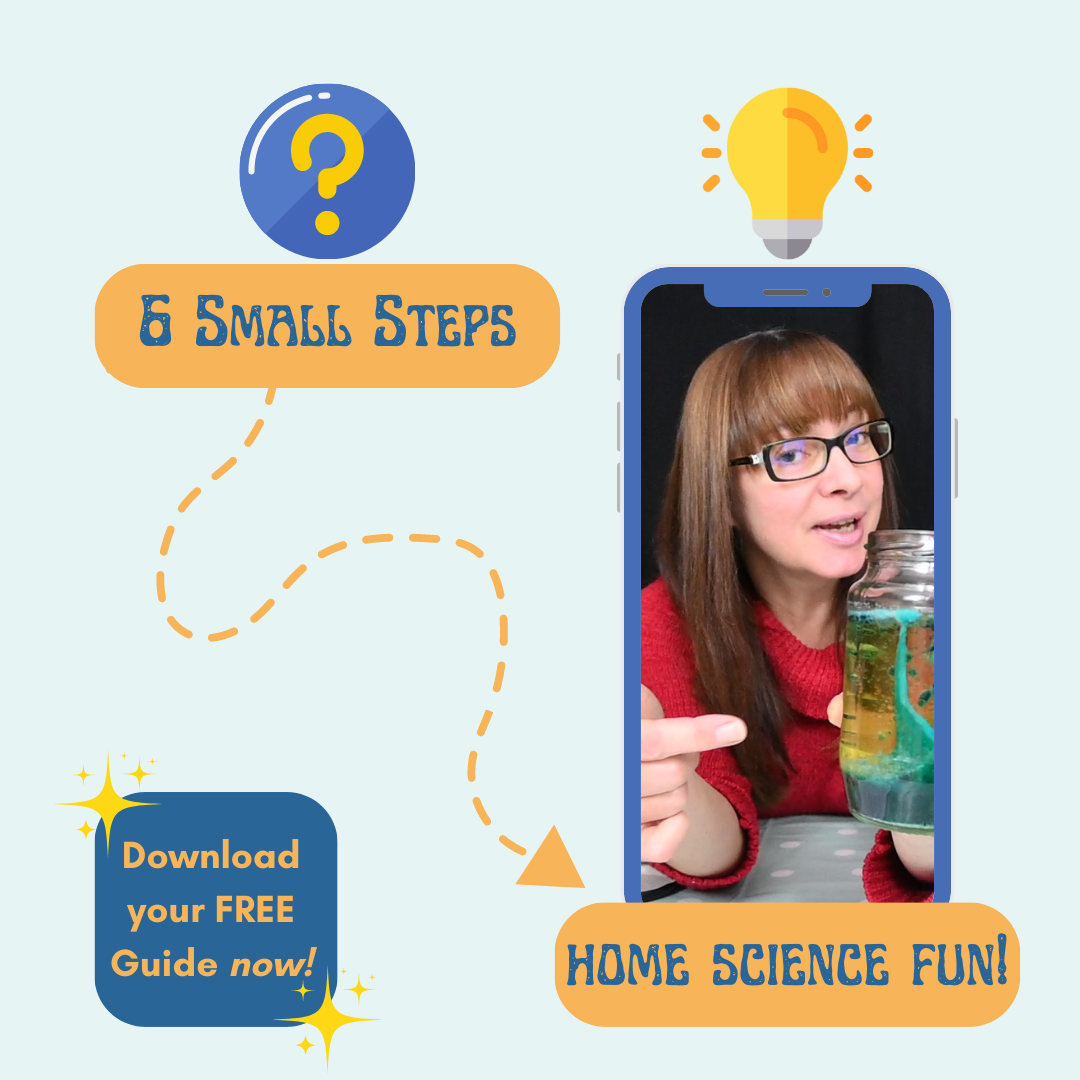
Pharmacological versus psychological treatment for insomnia
Guest post by Clare Munro
Introducing Clare Munro...
STEM Scotland are delighted and honoured to present a blog post by Clare Munro, on insomnia and its treatment. This was originally posted on Clare’s own blog page (see https://clarespsychology.home.blog/2019/11/25/pharmacological-versus-psychological-treatment-for-insomnia/ ) and Clare very kindly agreed that we could re-post it here. Thank you Clare!
A talented Psychology graduate, Clare is now developing her expertise via a Masters in Clinical Health Psychology, and aims to pursue a career in Clinical Psychology. Clare’s research as an undergraduate and now Masters candidate is focused on the psychology of sleep, an extremely topical field. Please read and enjoy!
*****
Pharmacological v psychological treatment for insomnia
In my last blog post, I looked at the relationship between insomnia and depression and just how important it is to target insomnia as this may be the leading cause of depression. I have decided to devote a blog post to treating insomnia as I feel this is very useful information for people to be aware of!
As we all know, when we are suffering from health problems – whether it be a mental health disorder or a physical health problem, we are likely to try medication first to treat the problem. For a lot of physical and mental health conditions, medication is very effective. However, for some conditions, psychological treatment can be a much more effective alternative to taking medication (Fleming and MacMahon, 2015; Linde et al, 2015). This applies directly to insomnia (among many others).
Treatment approaches to insomnia
As I have already mentioned in my previous blog (on the link between insomnia and depression), insomnia is a mental health condition classified in the DSM-5 to be when an individual experiences poor sleep more than 3 nights a week, for a period of three months or more. In addition, this condition also has night-time symptoms such as; difficulty getting to sleep, nightly awakenings and day-time symptoms consisting of fatigue, impaired concentration and attention etc (DSM-5).
Problems with the pharmacological approach to treating insomnia
Short-term sleep problems, to a certain extent, can be helped through taking sleeping pills. If you are dealing with something stressful or something unexpected happens to you and you do not normally struggle with your sleep, taking sleeping pills on a short-term basis is acceptable. However, research indicates taking sleeping pills to treat insomnia is not effective. As we already know, insomnia is characterised by sleep problems which occur for more than 3 nights a week for 3 months or more. However, sleeping pills should not be prescribed for sleep problems for more than 2 weeks. Therefore, taking this medication is not an effective treatment method for a persistent sleep problem such as insomnia.

CBT-I for insomnia
There are alternative psychological approaches for the treatment of insomnia. The main one is cognitive behavioural therapy for insomnia (CBT-I). This approach targets the cognitive factors which are associated with an individual’s insomnia as well as including behavioural techniques to help someone with insomnia to establish a healthy sleep pattern.
Why is this method good for treating insomnia?
Research shows that there are many cognitive aspects of insomnia, such as; heightened arousal, cognitive hypervigilance, the racing mind and an individual’s conscious awareness that they need to get to sleep. All these factors contribute to insomnia. CBT-I is a great way of treating insomnia as it directly addresses these cognitive factors and includes behavioural techniques to treat the condition (Fleming and Macmahon, 2015; Taylor et al, 2014).
These techniques include:
- Sleep hygiene
- Cognitive therapy
- Sleep restriction
- Stimulus control
- Relaxation techniques
Sleep hygiene
This aspect of CBT-I emphasises the importance of environmental and physiological factors, as well as habits which promote good sleep. This aspect of CBT-I is relatively straightforward for one to implement themselves to help treat their insomnia. Some important examples include: making sure your environment is comfortable (comfort of bed, lighting, temperature of bedroom), avoiding drinking alcohol too close to bedtime and trying to wind down at night (do not engage in activities which require a great deal of physical activity e.g strenuous housework or going to the gym etc).
Cognitive therapy
This component of CBT-I aims to ‘identify, challenge and change dysfunctional beliefs and thoughts about sleep which may drive sleep-related arousal’ (Fleming and MacMahon, 2015). There are various methods which are used within the cognitive therapy aspect of CBT-I, such as; cognitive restructuring, thought blocking, mindfulness and paradoxical intention.
Cognitive restructuring
This allows someone to think about ‘faulty cognitions’ such as ‘if I do not sleep tonight, I will not function properly tomorrow and so I will have a bad day’. Cognitive restructuring aims to try and train someone to restructure these unhelpful cognitions that someone has in relation to their sleep.
Thought blocking
This is an easy technique that an individual can do to try and stop their thoughts preventing them from getting to sleep. It simply involves repeating the word ‘the’ roughly every 3 seconds, in your head, to try and block out thoughts which may keep an individual awake (Cunnington et al, 2013).
Mindfulness
Focuses on being non-judgemental in the present rather than focussing on the future or past which reduces mind activation, making an individual feel less awake.
Paradoxical intention
This is where insomnia sufferers are encouraged to put effort into trying to remain awake rather than trying to fall asleep which is thought to strengthen an individual’s sleep drive and reduce their performance effort, making an individual more sleepy and fall asleep more quickly (Morin et al, 2006).
Sleep restriction
This aspect of CBT- I involves restricting one’s sleep initially in order to develop a good sleeping pattern and prevent people attempting to ‘catch-up’ on sleep at weekends. This is done through using sleep diaries to establish how many hours an individual gets of sleep on average, each night (sleep effectiveness score). Then an individual is set a specific number of hours they can sleep every night in order to develop a consistent sleep pattern.
Over time, more hours are gradually added on the individual’s set number of hours they can sleep each night, in order to ensure that this method is effective. Research shows that this is actually a very effective method for helping to treat insomnia. However, it is very hard to get people to stick to the set number of hours each night (low adherence).
Stimulus control

This part of CBT-I focuses on re-associating the bed and bedroom with sleep only (aside from intimacy).
If you are lying in bed for more than 15 minutes and do not feel sleepy enough to get to sleep, go into another room and do something which will not stimulate the brain too much (e.g reading, listening to music etc) until you feel sleepy then head back to bed and you should fall asleep quickly.
Relaxation techniques
These techniques help to reduce tension and thoughts at bedtime which may interfere with sleep. Progressive muscle relaxation is one key example, this is when an individual is instructed to contract their muscles as far as possible and then relax them.
Here is a progressive muscle relaxation audio which I used as part of undergraduate dissertation project:
https://www.youtube.com/watch?v=912eRrbes2g&feature=youtu.be
Drawbacks of psychological treatment for insomnia
Although research strongly suggests that these techniques are highly effective for the treatment of insomnia (Taylor et al, 2014; Cunnington et al, 2013), there is limited access to CBT-I for insomnia. This is due to the fact there are not enough clinicians who are trained to deliver this intervention. This problem has been addressed recently through the development of online apps based on CBT-I to allow people to have easier access to this effective treatment for insomnia.
Sleepio app

This app has recently been developed as an alternative to traditional CBT-I. If interested, here is the article which first tested the effectiveness of the Sleepio app:

Additionally, here is a link which will direct you to the sleepio website where you can find more information and can download the app!
So – what can we conclude from all of this?
Research shows that psychological treatment for insomnia is more effective than a pharmacological approach. Although there is limited access to CBT-I face-to-face from a trained clinician, recent development of apps such as ‘Sleepio’ provide an easily accessible, effective alternative to CBT-I delivered by a clinician.






